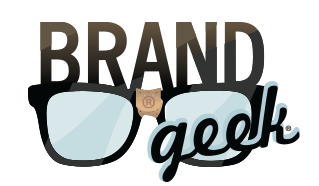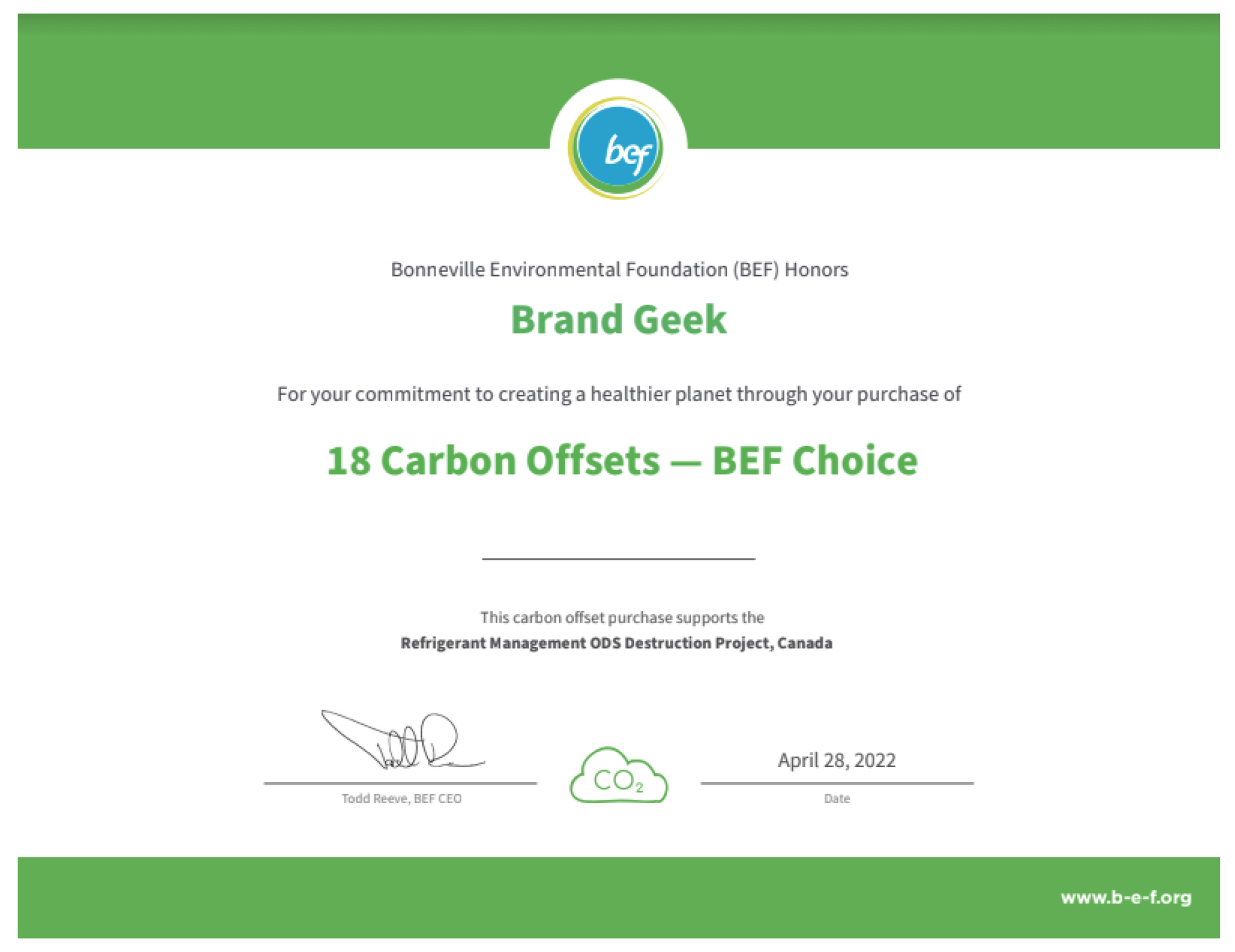Brandgeek proudly supports Mountain Area Preservation and is humbled to be…
IP Heavyweights Weigh in on Brand Bullying
I have written about trademark bullying in relation to one of my client’s experiences with Volkswagen and in general. I also blogged about this issue for a friend’s blog, Smaller Box, yesterday. My colleague and blogging inspiration, Steve Baird — of the wonderful, Duets Blog — recently posted that both AIPLA and INTA submitted comments to the USPTO in response for the PTO’s Request for Feedback on Trademark Litigation Tactics.
As not everyone is a legal geek, it should be noted that the AIPLA and INTA are the two largest organizations of intellectual property attorneys.
AIPLA is “a national bar association constituted primarily of lawyers involved in the practice of patent, trademark, copyright, trade secret, and unfair competition law, as well as other fields of law affecting intellectual property.”
INTA is “a not-for-profit membership association dedicated to the support and advancement of trademarks and related intellectual property as elements of fair and effective commerce.”
According to AIPLA’s comments, it represents approximately 16,000 members, while INTA’s comments state that it has roughly 5,800 members. Needless to say, these organizations represent significant clout in many intellectual property circles. So, what do they have to say?
Well, AIPLA begins by taking issue with the PTO’s use of the term “trademark bullies”
[framed_box]The Bill and ensuing comments have inappropriately been characterized as a discussion about “bullying.” Notably, the USPTO questionnaire asks, “Do you think trademark ‘bullies’ are currently a problem for trademark owners, and if so, how significant is the problem?” 2. The following clarification appears in a footnote; “A trademark ‘bully’ could be described as a trademark owner that uses its trademark rights to harass and intimidate another business beyond what the law might be reasonably interpreted to allow.” AIPLA believes that this definition unfairly characterizes trademark owners who assert their legitimate rights under the law and assumes ill intent without defining what might be considered “harassment” or “intimidation.” Reasonable minds can differ as to the proper scope which should be afforded to marks and whether a likelihood of confusion and/or a likelihood of dilution may exist.While AIPLA does not condone abusive tactics, aggressive enforcement of a trademark does not automatically equate to abuse. Use of the pejorative terms “bullies” and “bullying” is misleading and unfair in light of trademark owners’ duty to police their marks and protect consumers from marketplace confusion, as discussed more fully below.[/framed_box]
More importantly, however, AIPLA recommends against regulation aimed at curbing trademark bullying!
[framed_box]AIPLA advises against regulation aimed at trademark abuse in favor of existing remedies. Trademark enforcement protects consumers, and overly aggressive litigation tactics are no more pervasive in trademark cases than other civil litigation[/framed_box]Specifically, AIPLA finds that enacting specific measures to combat trademark bullying:
[framed_box]runs the risk of contravening the fundamental purpose of the Lanham Act: consumer protection. Specifically, such measures would be; (a) contrary to the public interest in avoiding marketplace confusion; (b) inconsistent with long-standing principles of trademark law which encourage, and even require, trademark owners to aggressively police their marks; (c) incapable of consistent application; (d) addressing situations which have not been shown to be a significant problem; and (e) unnecessary in view of existing statutory provisions, civil procedure rules, and the inherent power of courts to protect against meritless claims.[/framed_box]Wow! I find the fourth point (d) most interesting, as the AIPLA must have shaken its magic ball to determine that trademark bullying “has not been shown to be a significant problem.” Last I checked, the PTO survey was designed in part to ascertain how big the problem actually is.
Maybe I’ll like what INTA has to say better . . . or not . . .
INTA’s introductory comments state that: [framed_box]INTA appreciates the efforts to bring greater clarity to trademark law and practice. However, the allegation that there are unfair legal tactics by large brand owners specifically targeted against small businesses in trademark enforcement actions demonstrates a misunderstanding of the current law and legal obligations of trademark owners.[/framed_box]
Not surprisingly then,
[framed_box]INTA believes that the interests of trademark owners both large and small are well served by the established practices and rules in litigation. [/framed_box]Somewhat surprisingly (or perhaps my idealism is getting in the way):
[framed_box]INTA suggests that a greater emphasis on education would assist small businesses and the general public in understanding trademark law and the obligations of rights holders.[/framed_box]While I agree that public education will help reduce instances of infringement, this survey was not about preventing infringement, it was about preventing brand-owners from over-asserting their rights, something I see annually, and not just by big brand owners. Leo Stoller was a prolific trademark bully and he was not a big brand owner.
INTA’s conclusion? Much the same as AIPLA’s.
[framed_box]INTA believes that the current statutory and regulatory framework effectively deals with the issues and provides the courts and TTAB with well-established mechanisms to address and discourage frivolous claims.[/framed_box]Brand Bullying isn’t limited to litigation tactics. I bet most instance of trademark bullying never get that far. I have helped several of my clients resolve infringement disputes with trademark bullies, always by changing marks rather than wasting the time and money on litigation. While the comments of the AIPLA and INTA hold a lot of weight, I am sure neither organization ever has experienced the wrath of a brand bully. Hopefully the voices of the victims of bullying also will be heard.





The USPTO’s project began at the request of Senator Leahy who received a complaint from a constituent who said he was being “bullied.” The problem is that “bullying” is in the eye of the beholder. Having been in this business for several decades, whenever I represent a big client who has a problem with something that a small company is doing, I am accused of being a bully. When I represent small clients against larger clients they say they are being bullied.
I think much of this stems from a misunderstanding of the Lanham Act. Note: there is no “small guy” exception to Section 43. And if a larger company let a “small guy” go, they would have a laches problem if the “small guy” decided to become a “big guy”, and if they let a “small guy” go then they would hear about that the next time they enforced their trademark rights.
So I think that the “issue” is a non-issue. I am sure there are some folks who “over-reach” but the majority do not. I do not think we should re-write the Lanham Act to address this “problem.”
Thanks for your comment, Paul! I see your point of view on the terminology, and I agree that over-reaching / over-asserting is a more fair characterization than “bullying,” which certainly is an emotionally loaded term. At least once a year, I experience a company (usually, but not always bigger than my client) threatening litigation, damages, etc for a non-related use of an identical or similar mark. What gets me is that there’s no remedy for the client who cannot afford to defend itself in such a frivolous battle, and I don’t see how the current Lanham Act addresses such over-reaching, which seem to happen routinely.
With all due respect to Mr.Reidl, poppycock. On the same day that the INTA testimony was pubclicy released it was also widely reported that an ex employee of Coach leather had filed a class action claim against the company.
Why? Because when she tried to sell legitimate Coach bags on eBay, she got an over the top FORM letter from a NYC law firm that acts for several blue blood brand owners. The letter strongy suggested that she might owe 2 million dollars in damages. And the lawyers insisted that she send them $ 300.00. Not only that but they got eBay to suspend her account.
Of course they never bothered to determine that she was entirely within her rights to be selling the used bags.
Read The Death of Trademark Law, a law review article by Kenneth L Port. It is a documentary on how distorted trademark rights have become in the hands of some. Note also, that if you search the TTAB records for Apple or Kellogs, just as a sample, you will find over 100 inter partes proceedings either underway or threatened. Many one of these challenges are directed at a mark that has cleared the hurdles of the PTO examination process. Can that process REALLY be so flawed as to justify the large number of oppostions now pending?
I could give many, many other examples but the larger point is that yes indeed, there is growing evidence of abuse based on size. Are ALL the abuses based on size? Of course not.
And the Internet? It has been a vehicle for counterfeiting. But it has also been a megaphone for the little folks who, in times past, would have rolled over silently.
Thanks for reading and for your comments, John! The example you cited is the type “bullying” or over-reaching that I wish we had better mechanisms to address, and more importantly, prevent.
Thanks to all who have commented. I believe that trademark bullying is real and has nothing to do with the relative size of the parties. I think the issue has everything to do with the size of the rights of the parties in their respective trademarks, and the tactics and techniques employed by the parties. I am all for appropriate trademark enforcement. However, I believe a change to current rules is needed. I respectfully disagree with both AIPLA and INTA on the need for action. I think that in court judges can impose sanctions under Rule 11, the exceptional case standard and even 28 U.S.C. 1927 to keep parties and their counsel in line. Unfortunately, at our TTAB there is no proctor on the playground, and unfair practices sometimes are allowed. For example, the sanction against Leo Stoller was fairly mild for the practices he used.
I will be part of a panel discussion in Minneapolis at a CLE hosted by Steve Baird on March 2, 2011 on this topic, and at another similar panel at a CLE at Howard University on March 10th, 2011 in Washington, D.C. A representative from the USPTO is expected to share the panel in Washington. Obviously, this topic is of interest to many in the trademark community. I am sure there will be more to come on this topic.
Thanks, Jack! I agree that bullying has to do with the nature of rights being enforced and the tactics used to enforce them. I’d love to attend your workshop, but it’s doubtful as I am on the road till 03/15. Hope it’s well attended & received.